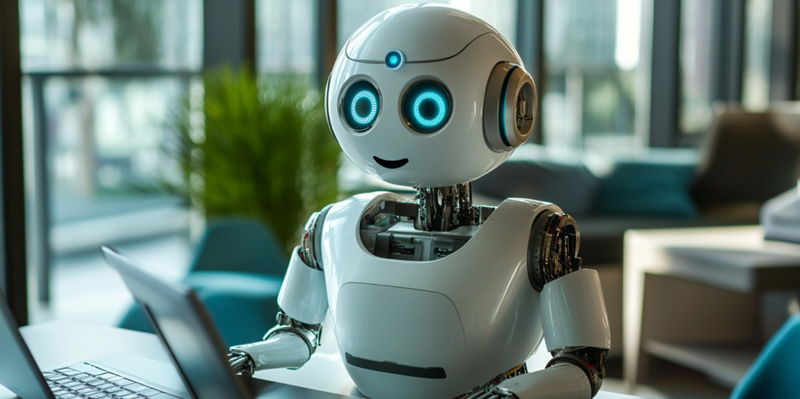Robotic Process Automation (RPA) has significantly impacted the operations of the Internal Revenue Service (IRS), as demonstrated through its collaborative efforts with UiPath, an advanced automation software company. Since forming this partnership in 2021, the IRS has achieved a saving of 30,000 labor hours, as highlighted by Chief Financial Officer Teresa Hunter. This development initiative aims at modernizing manual and paper-based procedures within the finance and procurement sectors, leading to substantial gains in operational efficiency. The initiative has not only reduced the IRS workforce’s labor-intensive tasks but also set a precedent in the federal space for leveraging technology to enhance productivity.
Dedicated resources and careful identification of automation opportunities have been central to redefining the IRS’s operational landscape. To achieve this, the agency has exploited 60 citizen developer licenses and integrated 16 automated processes, of which seven were independently created by federal employees. These citizen developer licenses permit non-technical personnel to develop applications using low-code or no-code tools. This approach reflects a broader, progressive trend of empowering diverse business units to spearhead technology-driven initiatives, thus decentralizing decision-making processes traditionally dominated by IT departments.
Streamlining Labor-Intensive Tasks with RPA
The implementation of RPA has revolutionized several labor-intensive tasks within the IRS, transitioning them from human-operated to bot-managed processes. Bots now handle operations such as data extraction, document processing, and report generation, tasks that previously required substantial manpower, thus freeing employees to focus on more strategic activities. A striking example of this transformation is the automation of 1,500 contract modifications within a mere 72 hours—a substantial reduction from the year-long manual process it once entailed. This change has diminished error rates and significantly lightened the workload for IRS staff, helping them reallocate their time to more critical functions.
The introduction of such automation has played a crucial role in alleviating the burdens of tedious and time-consuming tasks that often stymie employee productivity. The effectiveness of RPA in swiftly handling these operations has not only resulted in increased output but has also paved the way for continuous operational improvements. Consequently, the IRS’s advancing use of RPA marks a key shift towards a more automated and streamlined federal agency, setting an example for broader government adoption of similar technologies.
Decentralizing Tech Modernization
One of the prominent trends at the IRS has been a shift toward decentralized tech modernization, where various business units are at the helm of their own automation endeavors. Supported by IT departments that now play an enabling rather than a decision-making role, this trend underscores the importance of the "citizen development" initiative. Under this strategy, employees across different operational levels are encouraged to harness automation tools to innovate and optimize their specific workflows. This move aligns with an increasing number of sectors adopting citizen development as a means to democratize digital transformation efforts.
The IRS has allocated a portion of the $80 billion from the Inflation Reduction Act to upgrade its technological infrastructure, with ambitious plans to collect an additional $561 billion in revenue over previous estimates. Rangam Subramanian from the IRS’s IT division accentuated the importance of rapid pilot implementations, which quickly demonstrate the system’s value and build internal support. By focusing on these swift pilot projects, the IRS aims to showcase the immediate benefits of automation, thus fostering a culture of continuous improvement and innovation within the agency’s various departments.
Driving Continuous Improvement and Revenue Gains
Robotic Process Automation (RPA) has had a remarkable impact on the Internal Revenue Service (IRS) through its partnership with UiPath, an advanced automation software company. Since this collaboration began in 2021, the IRS has saved 30,000 labor hours, according to Chief Financial Officer Teresa Hunter. The initiative is focused on modernizing manual and paper-based procedures in finance and procurement sectors, resulting in significant operational efficiency gains. By reducing labor-intensive tasks, the effort sets a new standard in the federal space for utilizing technology to boost productivity.
Key to transforming the IRS’s operations has been the careful identification of automation opportunities. The agency has utilized 60 citizen developer licenses and implemented 16 automated processes, with seven independently developed by federal employees. These licenses enable non-technical staff to create applications using low-code or no-code tools. This strategy underscores a larger trend of empowering various business units to lead technology-driven initiatives, thereby decentralizing decision-making, which has traditionally been controlled by IT departments.

